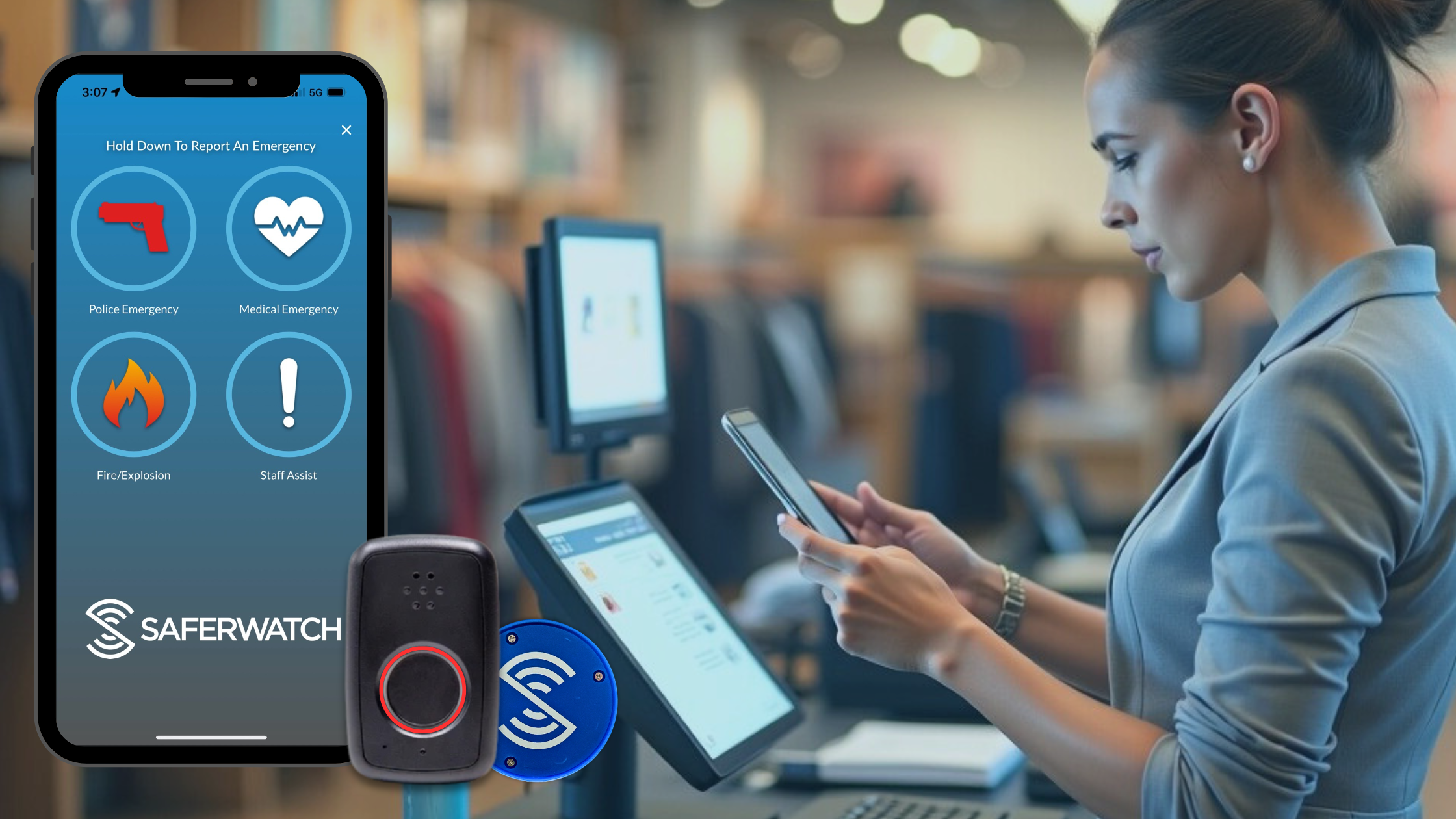New York’s Retail Worker Safety Act: What Businesses Need to Know
Retail workers are essential to our communities, keeping businesses running efficiently while providing valuable support to customers every day. However, they often face safety risks, including workplace violence, theft, and emergency situations. Recognizing these challenges, New York recently passed the Retail Worker Safety Act (A8947C), a law designed to enhance security for retail employees by requiring workplace violence prevention programs, employee training, and panic buttons in certain businesses.
This legislation follows a growing national trend of increased safety regulations in the retail industry, as more states and businesses take proactive measures to protect workers.
Understanding New York’s Retail Worker Safety Act
The Retail Worker Safety Act requires retail employers with at least ten employees to implement:
- Workplace Violence Prevention Policies: Employers are required to establish a written policy that identifies potential risk factors for workplace violence, such as working late hours, handling cash transactions, working alone or in small numbers, and areas with a history of security issues. The policy must outline methods to mitigate these risks and provide clear procedures for employees to report incidents without fear of retaliation.
- Annual Employee Safety Training: The Act mandates that employers provide interactive training programs to all retail employees upon hiring and annually thereafter. These programs should cover topics including de-escalation techniques, emergency procedures, active shooter drills, and the proper use of security devices like panic buttons.
- Panic Button Technology: Employers with 500 or more retail employees nationwide are required to provide access to panic buttons throughout their New York workplaces. These devices can be physical or mobile phone-based and are intended to allow employees to immediately alert the local 911 public safety answering point (PSAP).
Implementation Timeline:
- March 1, 2025: The Act takes effect, and employers must have their workplace violence prevention policies and training programs in place.
- January 1, 2027: The deadline for employers with 500 or more retail employees to implement the panic button requirement.
As safety regulations continue to evolve, retailers must act now to ensure compliance and create a secure environment for their employees and customers.
How SaferWatch Enhances Retail Safety & Compliance
SaferWatch is the leading provider of mobile and fixed panic button technology, helping businesses and organizations enhance security, improve response times, and comply with evolving safety regulations.
Key Features of SaferWatch for Retail Safety
- Mobile Panic Buttons – Employees can quickly activate an alert from their smartphone, notifying security teams and/or local law enforcement with real-time location tracking.
- Fixed & Wireless Panic Buttons – Stores can install discreet physical panic buttons at registers, stockrooms, or high-risk areas for instant emergency alerts.
- Mass Communication & Alerts – Managers can send out instant notifications to employees during emergencies, keeping everyone informed and safe.
- Threat & Tip Reporting – Employees can anonymously report safety concerns, suspicious activity, or potential threats before they escalate.
How New York Retailers Can Stay Ahead of Safety Requirements
As workplace safety laws continue to expand, businesses must take proactive steps to enhance security. Whether required by law or simply as a best practice, investing in panic button technology and safety training ensures that employees feel protected and prepared for any situation.
With SaferWatch, businesses can not only meet New York’s new legal requirements but also build a stronger safety culture that prioritizes employee well-being.
Protect Your Employees. Strengthen Your Safety. Stay Compliant.
Contact SaferWatch today to learn how our panic button solutions and workplace security tools can help your business comply with New York’s Retail Worker Safety Act.























